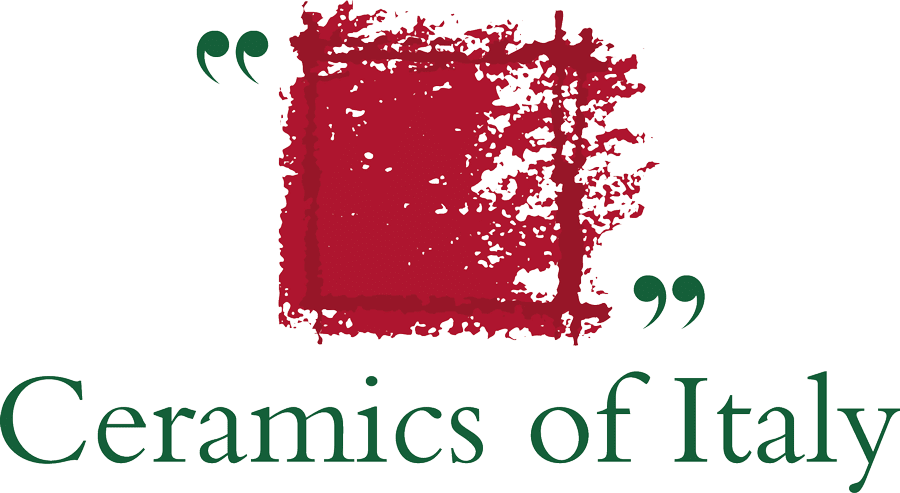The heat island effect
The term “urban heat island” refers to a metropolitan area that is much warmer than neighbouring suburban and rural areas. This phenomenon is a result of land development and overbuilding at the expense of green areas. The temperature difference is greatest at night and is particularly significant during the summer.
Cool materials
In urban areas, roofs generally make up 20-40% and pavements 29-44% of the total area exposed to sunlight. When covered with “cool” materials which have a high solar reflectance index (SRI), these surfaces can make a significant contribution to the cooling of cities. The higher the SRI, the greater the ability of a material to maintain a low temperature.
Cool roofs and cool pavements
Cool roofs and cool pavements reduce the heat island effect and bring a number of benefits. The most obvious is the direct annual reduction in CO2 emissions associated with lower energy consumption for cooling. Ceramic materials guarantee excellent temperature control performance and are ideal for creating “cool” pavements and surface claddings.
SRI in Italian legislation
In June 2015, the Italian national guidelines for the energy certification of buildings were adapted, making it mandatory to verify the effectiveness of high solar reflectance materials used for roofing.
These materials must have an SRI of no less than 0.65 for flat roofs and 0.30 for pitched roofs.
Ceramic surfaces meet the guidelines for combating the heat island effect and comply with the Minimum Environmental Criteria.
Ceramic tiles with high SRI
The Italian ceramic industry has developed products with a high solar reflectance index that incorporate “cool” solutions suited to their intended use.
The following technologies have been studied for the purpose of increasing the value of solar reflectance:
- Complex inorganic pigments (CIP).
- IR-reflective pigments obtained by coating a white pigment with organic dyes.
- Metal/glass/ceramic flakes coated with IR-reflective thin films.
- Micro mirror technology made from borosilicate glass and metallic silver.
- Flakes with an IR-reflective core.
- Hollow glass microspheres of different diameters which reduce the thermal conductivity of the coating.
Ceramic tiles in urban projects
Mitigation of the heat island effect in urban areas is one of the objectives of the Minimum Environmental Criteria (CAM). Due to their characteristics and their ability to be combined with other materials, Italian ceramic surfaces are particularly suitable for meeting this requirement. Ceramic tiles and slabs can help control the urban microclimate by reflecting up to 80% of solar radiation.



 Architects
Architects
 Construction firms
Construction firms
 Dealers
Dealers
 Installers
Installers
 Public
Public

